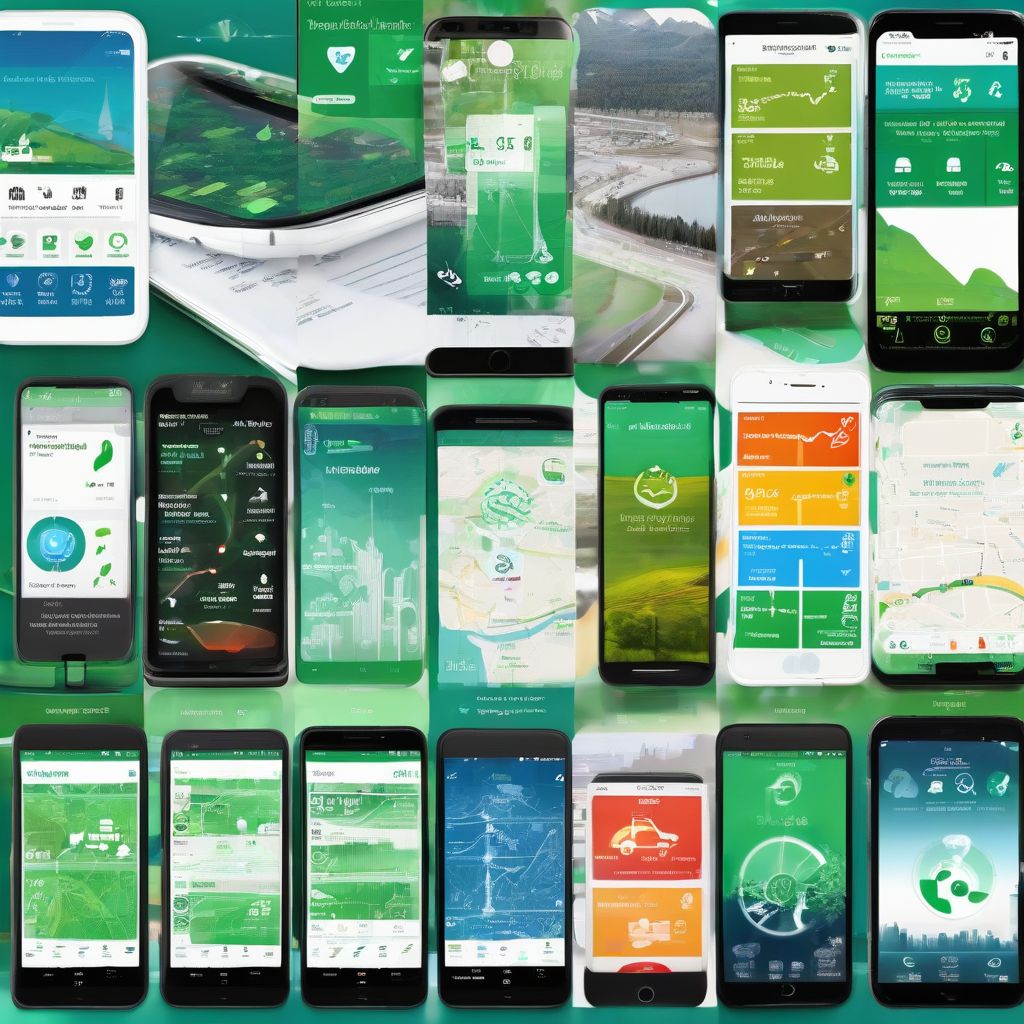Ever feel like you’re drowning in a sea of plastic, driving a gas-guzzling car, and generally leaving a giant carbon footprint wherever you go? You’re not alone. Many of us are increasingly aware of our impact on the planet and looking for ways to lighten our tread. Luckily, technology offers some helpful solutions. There are now a plethora of apps designed to help you track your environmental impact, offering insights into your daily habits and providing actionable steps towards a more sustainable lifestyle. So, if you’re ready to embark on a journey towards eco-consciousness, read on to discover the best apps for tracking your environmental impact.
Understanding Your Environmental Footprint
Before diving into the apps themselves, it’s important to understand what we mean by “environmental impact.” This encompasses the effects our actions have on the planet, including contributions to greenhouse gas emissions, resource depletion, and pollution. Everything from the food we eat to the clothes we wear and the way we travel contributes to our overall footprint.
Why Track Your Impact?
Tracking your environmental impact provides valuable awareness of your current habits. This awareness is the first step towards making positive changes. By seeing where your biggest impacts lie, you can identify areas for improvement and set realistic goals. It’s like keeping a food journal when you’re trying to eat healthier – awareness is key to making lasting change.
The Best Apps for Greener Living
Now, let’s explore some of the best apps for tracking your environmental impact, categorized by their focus areas:
Carbon Footprint Calculators and Trackers:
- Greenly: This app connects to your bank account to analyze your spending and automatically calculate your carbon footprint based on your purchases. It then provides personalized recommendations for reducing your impact. “Imagine having a personal sustainability coach in your pocket,” says Dr. Jane Doe, Environmental Scientist. “Greenly helps you understand the impact of your spending choices, empowering you to make more eco-friendly decisions.”
- Klima: Klima focuses on carbon offsetting, allowing you to invest in certified climate protection projects to neutralize your emissions. It also offers educational resources and tips for reducing your carbon footprint.
Sustainable Transportation:
- Citymapper: While primarily known for navigation, Citymapper also provides information on sustainable transport options like walking, cycling, and public transit, even calculating the estimated carbon emissions for each route.
- Moovit: Similar to Citymapper, Moovit offers real-time public transit information, making it easier to choose eco-friendly transportation.
Eco-Friendly Shopping and Consumption:
- GoodGuide: This app provides ratings on the environmental and social impact of various products, helping you make informed purchasing decisions. “Consumers have immense power to drive change through their purchasing choices,” notes John Smith, author of “The Sustainable Shopper.” “GoodGuide empowers consumers to choose products that align with their values.”
- Oroeco: Oroeco combines carbon tracking with personalized recommendations for reducing your impact across various areas, including diet, transportation, and energy consumption.
Sustainable Food Choices:
- HappyCow: A comprehensive guide for finding vegan and vegetarian restaurants worldwide, making it easier to choose plant-based meals, which generally have a lower environmental impact.
- Locavore: This app helps you find locally sourced food, reducing the environmental impact of transportation and supporting local farmers.
 Environmental Impact Tracking Apps
Environmental Impact Tracking Apps
Making the Most of These Apps
While these apps provide valuable tools, they are most effective when integrated into a broader commitment to sustainable living. Don’t rely solely on the technology; consider it a supplement to conscious decision-making and lifestyle changes.
Tips for Using Environmental Tracking Apps:
- Be Consistent: Regularly track your data to identify trends and measure your progress.
- Set Realistic Goals: Start with small, achievable changes and gradually work your way towards bigger goals.
- Embrace the Community: Many apps offer community features where you can connect with others, share tips, and stay motivated.
Beyond the Apps: Embracing a Sustainable Lifestyle
Remember, these apps are just tools. Real change comes from adopting a more conscious and sustainable lifestyle. This can include:
- Reducing, Reusing, and Recycling: The classic three R’s remain essential for minimizing waste.
- Choosing Sustainable Transportation: Walk, cycle, or use public transport whenever possible.
- Eating a Plant-Forward Diet: Reduce your meat consumption and incorporate more plant-based meals into your diet.
- Conserving Energy and Water: Make conscious efforts to reduce your energy and water usage at home.
Conclusion: A Step Towards a Greener Future
By using these apps and embracing a more conscious approach to our daily choices, we can collectively make a positive impact on the environment. Tracking your environmental impact isn’t about achieving perfection; it’s about making progress and contributing to a more sustainable future. Start small, stay consistent, and be proud of the steps you take towards greener living. What are your thoughts on using technology for environmental change? Share your comments below and let’s continue the conversation.



